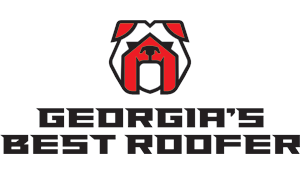Your roof is one of the most critical components of your home, providing shelter and protection from the elements. Proper roof maintenance is essential to extending the life of your roof and preventing costly roof replacement or extensive roof repair. In this post, we’ll explore practical tips and strategies to keep your roof in top condition for years to come.
One of the most important aspects of roof maintenance is conducting regular inspections. Ideally, you should inspect your roof at least twice a year, in the spring and fall. Look for signs of damage such as:
- Missing, cracked, or curling shingles
- Rust spots on flashing
- Cracked caulk or rust spots on flashing
- Moss or algae growth
- Sagging areas or unevenness
- Debris accumulation in gutters and downspouts
Catching small issues early can prevent them from developing into major problems that require costly roof repair or even roof replacement.
Clogged gutters can cause water to back up and seep under your roof, leading to water damage and potential roof repair. Regularly cleaning your gutters and downspouts ensures that water flows away from your roof and foundation. Consider installing gutter guards to minimize debris buildup and reduce the frequency of cleaning.
Overhanging tree branches can damage your roof in several ways. They can scrape and wear down roofing materials, drop leaves and debris that clog gutters, and provide a pathway for pests. Regularly trim back any branches that hang over your roof to prevent damage and the need for roof repair.
Moss and algae can trap moisture on your roof, leading to rot and deterioration of roofing materials. Use a mixture of water and bleach to kill and remove moss and algae. For prevention, consider installing zinc or copper strips along the ridge of your roof, which release minerals that inhibit moss and algae growth.
On the scheduled day, the roofing crew will begin by removing the old roof. This process involves stripping away shingles, underlayment, and any damaged decking. It’s a noisy and messy part of the process, but it’s crucial for ensuring a solid foundation for the new roof.
Even minor damage should be addressed promptly to prevent it from worsening. Small leaks, missing shingles, or damaged flashing can quickly escalate into significant problems that require extensive roof repair or roof replacement. If you’re not comfortable making the repairs yourself, hire a professional roofing contractor to ensure the job is done correctly.
In addition to your own inspections, it’s wise to schedule professional roof inspections every few years. A professional roofer can identify potential issues that you might overlook and recommend necessary roof maintenance or roof repair. They can also provide valuable advice on how to extend the life of your roof.
When it comes time for roof repair or replacement, invest in high-quality roofing materials. Quality materials may have a higher upfront cost, but they often come with longer warranties and provide better protection against the elements. Choosing durable materials can significantly extend the life of your roof.




